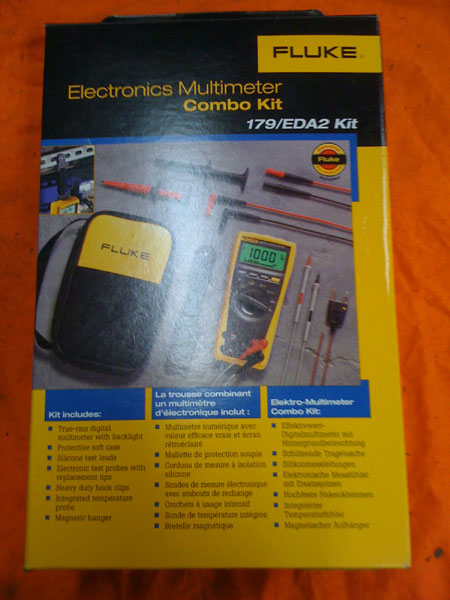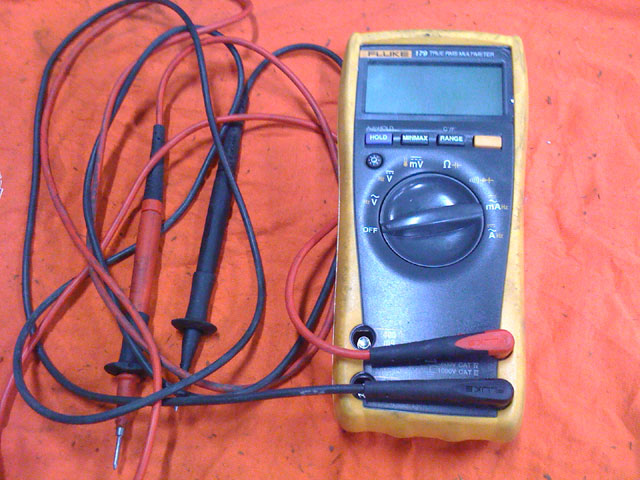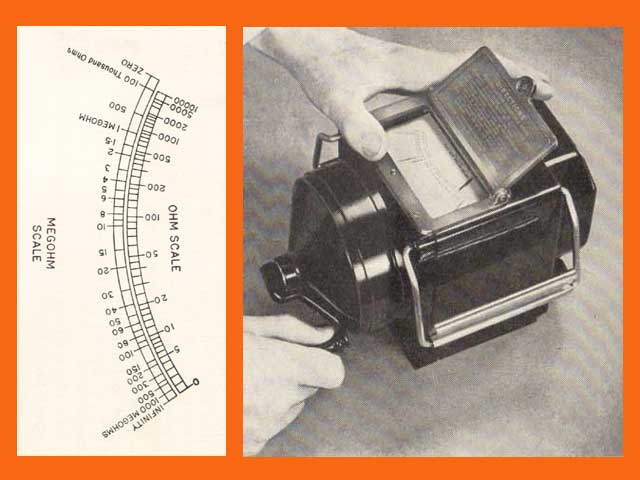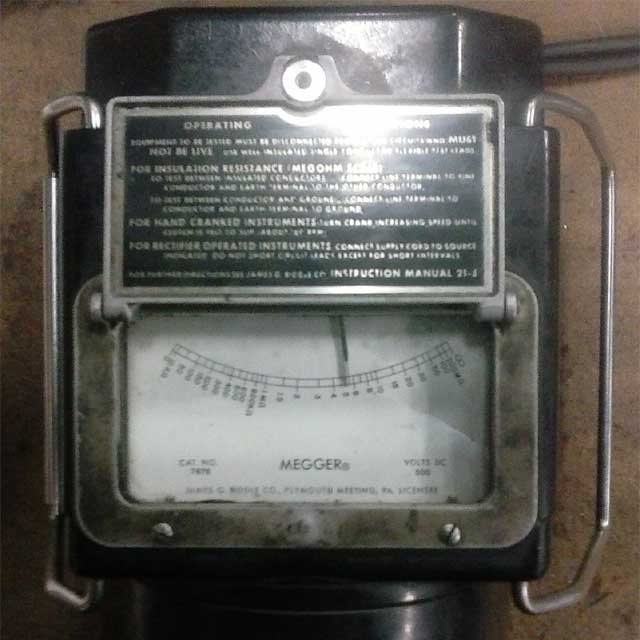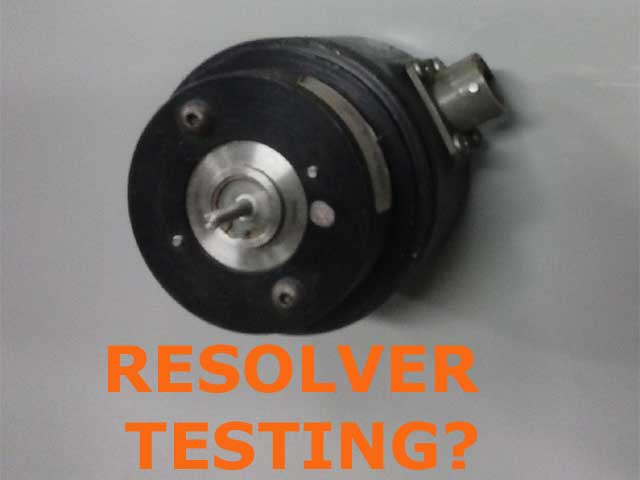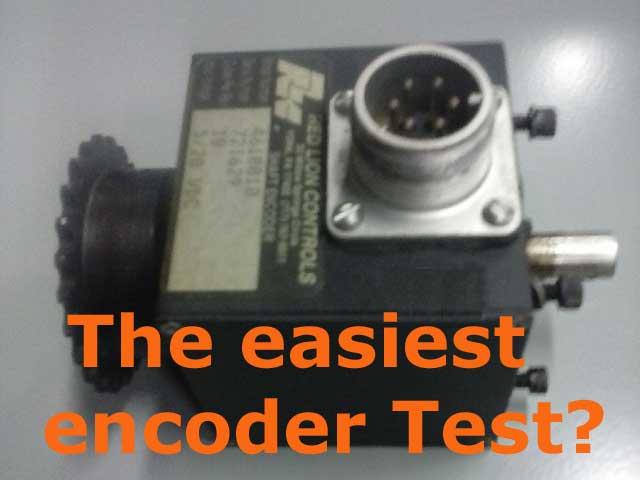A field weakening contactor on an old DC motor starter is designed to monitor the field current and open the control circuit in the event of field current loss. The field current loss can be a result of burned or open field winding, broken wire, etc. It doesn't care, it just monitors the field current in the motor.
Field weakening contactors are more or less safety devices in the old DC contactor drives to prevent a runaway motor situation causes by the loss of the field winding.
They are adjustable because they can be used on various motors with different field currents. You will have to look at the field current rating of your existing motor to determine where to set the field weakening contactor.
Field weakening contactors are more or less safety devices in the old DC contactor drives to prevent a runaway motor situation causes by the loss of the field winding.
They are adjustable because they can be used on various motors with different field currents. You will have to look at the field current rating of your existing motor to determine where to set the field weakening contactor.



